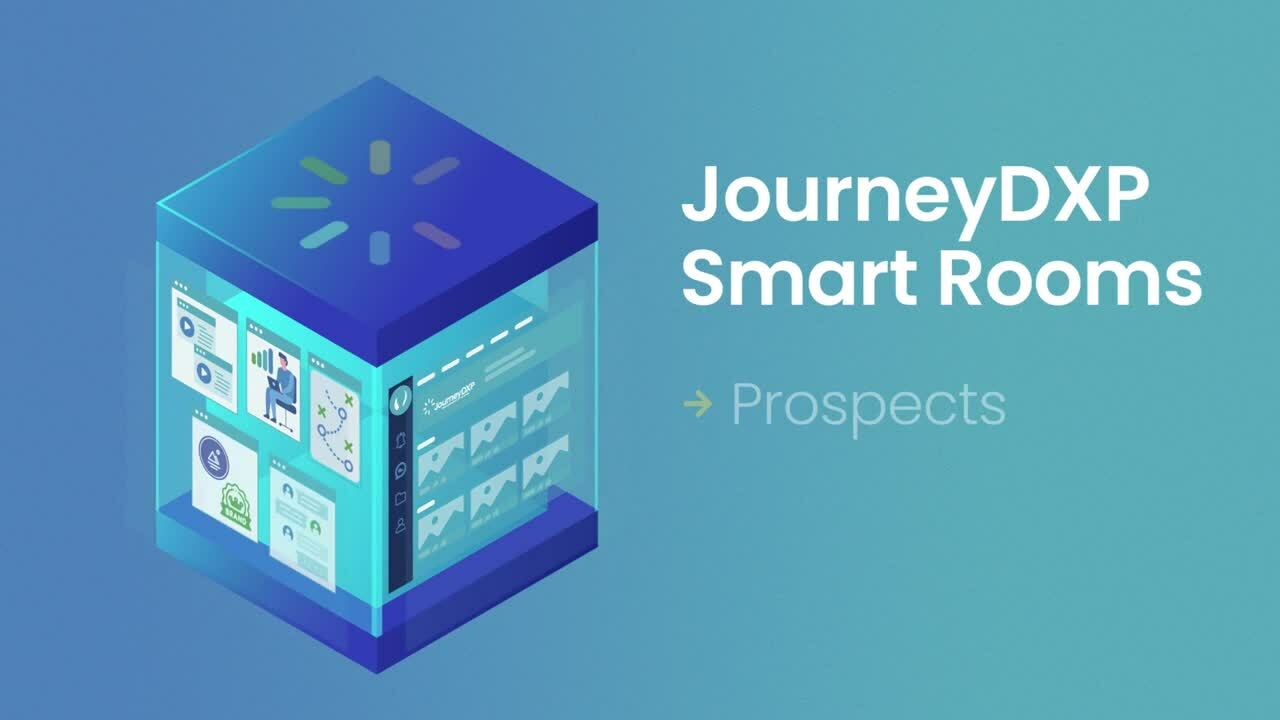Business development (and business development reps, also known as BDRs) get a bad rap. They’re traditionally viewed as the cold callers; the folks who chip away at a mountain of email addresses and phone numbers hoping to get bites that they can float up to sales. For the most part, BDRs are loathed by buyers. Do certain habits and approaches of BDRs validate that disdain? Absolutely. But so much of what a BDR needs to do is modifiable. Here are four B2B business development strategies that can help BDs BD better.

Avoid Generic Language
“Impressed with your growth.” “We’ve been keeping tabs on you guys.” “Our CEO asked me to reach out to you.” The list of throwaway business development lines is endless — and as soon as a buyer hears one at the development stage, they’re tuning out. So rather than feigning interest, take 15 seconds and do a quick Google search on the person. Scan the last few things they posted to LinkedIn or Twitter. Check out the company’s newsroom and peek recent news releases and blog posts.
Create context and you can ditch the nonstarter generic language.
Enough with the Tricks
In the same vein as generic language, business development efforts often employ tricks. (This isn’t always the case, but it does happen.) Think email subject lines that begin with “Re:” to make the recipient assume it’s a thread they’ve already participated in. Or inbound calls from numbers with the same area code to increase answer rates. While these tactics aren’t awful, buyers see right through them and they usually end up doing more harm than good.
Buyers will welcome business development efforts that real, authentic and gimmick free.
Value Their Time
There are two ways BDRs can prove they value the time of the leads they’re trying to win. First, economy of language. Short emails, short paragraphs, short sentences, short voicemails. Give targets ways they can learn more (Pro Tip: Smart Rooms do this job really well.) Second, verbalize. “Appreciate the read” or “Appreciate your time” create empathy in the recipient for the sometimes thankless task of business development.
Buyers are perpetually strapped for time. They’ll appreciate BDRs who acknowledge that.
Create an Experience
“Experience” is a trending topic in today’s B2B sales world, but it’s a reality that isn’t that hard to understand. If we design personalized, contextual, and often “digital first” buying experiences that are meticulously orchestrated, we help the buyer move forward. It’s not pushing, it’s not pulling… it’s more guiding. (And frankly, it’s what buyers expect nowadays.)
Armed with email, a phone and the internet, it might not be clear how a BDR is supposed to create an experience. After all, “experiences” are for the sales and management stages of an account, right?
Well, yes, they are, but the buyer’s buying experience starts the moment they’re contacted. BDRs do the bulk of that first contact.

So how does a BDR “start the experience” with the tools they have?
By making it a priority to move the conversation from email or phone to something more engaging, something more personalized as soon as possible. Sure, that could be a website or some gated content, but steps like that often feel lackluster. But without getting too pitchy, we’ve seen BDRs use Smart Rooms to start the experience. Oftentimes, they’ll invite a lead to what we call a Community Room where they can explore relevant content and information that goes a step further than what’s on a one-size-fits-all brochure website. Plus they can invite their colleagues. But the really cool part is that a BDR doesn’t have to reinvent a Community Room for each account. They can invite all their targets to a given Community Room and only contacts within the same account can see each other. Based on engagement behavior within a Community Room, BDRs can then work with Sales to queue up Smart Rooms personalized for specific accounts. (If you’re interested in seeing this in action, get in touch!)
At the end of the day, BDRs have a tough job that doesn’t get a lot of glory. But by taking a thoughtful approach that’s supported by the right tech, they can BD harder, better, faster, stronger.
POPULAR
Launching a Dynamic Digital-First Customer Experience
Growth will always be a top priority for B2B companies. If not, customers will inevitably outgrow your offering, and your company will become obsolete.
RELATED
Finding Success With Virtual Selling
Virtual selling is here to stay. In fact, 92% of customers prefer virtual interactions and 79% of sellers view virtual selling as effective. The benefits are significant and include: Personalized and differentiated customer experience Customers’...




